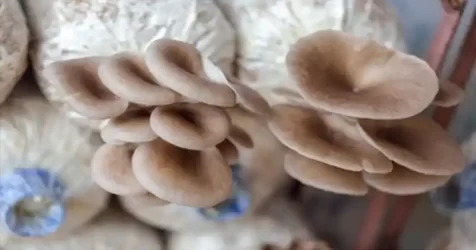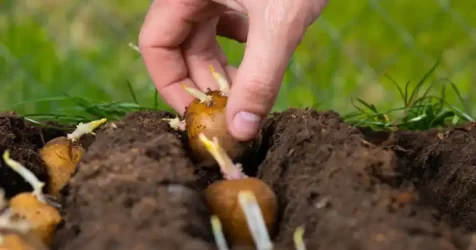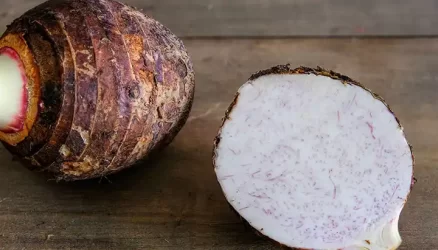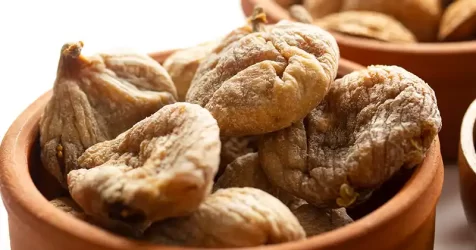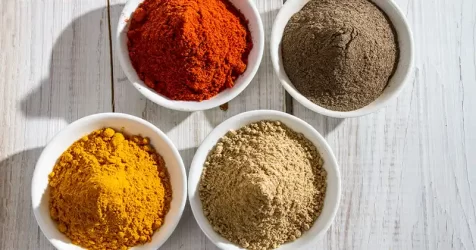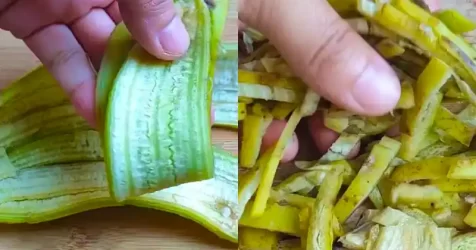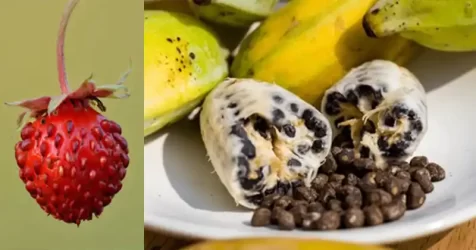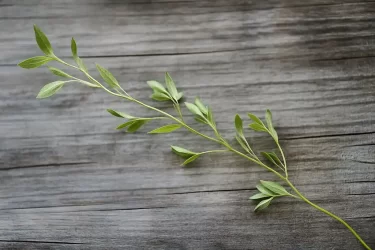Unlocking the Culinary and Medicinal Wonders of Elderflowers
Elderflowers, the blossoms of the elderberry plant, are celebrated not only for their delicate fragrance and beauty but also for their versatile uses in both the kitchen and home remedies. While elderberries themselves become a focus later in the season, the flowers offer a treasure trove of benefits from spring to early summer. This article explores the myriad uses of elderflowers, from delightful culinary creations to effective herbal remedies, highlighting how to safely and deliciously incorporate them into your lifestyle.

Edible and Medicinal Uses of Elderflowers
Culinary Delights:
- Tea: Elderflower tea is revered for its potential to alleviate fevers and soothe cold symptoms. Its light floral flavor makes it a comforting choice during illness.
- Fritters: Elderflower fritters, made by dipping the flowers in a light batter and frying them, are a traditional delight offering a crispy, flavorful treat.
- Desserts: The blossoms can be infused into syrups or sugars that enhance desserts like ice creams, cakes, and pastries with their subtle, sweet aroma.
- Preserves and Condiments: Elderflower vinegar and jelly add a floral zest to salads and breakfasts, while elderflower champagne and cordial offer refreshing beverage options.
For more ideas on culinary and medicinal uses of plants, check out the ultimate guide to spruce tips.
Medicinal Applications:
- Fever Management: When dried and combined with yarrow flowers, elderflowers can be used in a tea blend that is effective at breaking fevers due to their diaphoretic (sweat-inducing) properties.
- Anti-inflammatory Properties: The flowers have been traditionally used to reduce inflammation and alleviate sinus issues during colds.
Safety and Preparation
Toxicity Concerns:
While elderflowers are edible, it’s crucial to note that the raw berries, leaves, and stems of the plant contain compounds that can be toxic. Consuming the raw parts of the plant can lead to nausea and other digestive issues.
Cooking: Cooking or drying the flowers neutralizes these toxic chemicals, making them safe to consume. Ensure that any preparation involving elderflowers involves heat or drying to mitigate any risk.
Harvesting and Storing Elderflowers
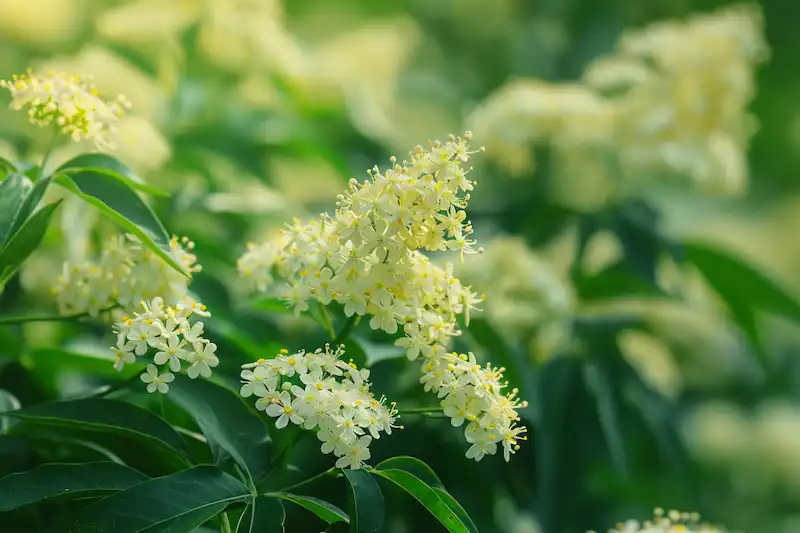
Best Practices:
- Harvesting: Pick elderflowers in late spring to early summer, when they are fully bloomed and fragrant. Choose clusters that are creamy white and free from brown spots.
- Storage: Fresh elderflowers should be used within a few days, or they can be dried for longer storage. Spread them out in a single layer in a dry, airy space away from direct sunlight.
Recipes and Preparations
- Elderflower Cordial: A simple syrup infused with the flavor of elderflowers, perfect for diluting with water or adding to cocktails.
- Elderflower Champagne: A lightly fermented, sparkling drink that captures the essence of early summer.
- Elderflower Vinegar: Excellent for dressings, this vinegar can be made by steeping fresh flowers in white or apple cider vinegar for a few weeks.
Explore more about edible and medicinal plants in this guide to broadleaf plantain and daisy buds.
A Fragrant Addition to Your Repertoire
Elderflowers offer an enchanting blend of beauty, flavor, and health benefits. Whether enhancing your meals, creating delightful drinks, or treating common ailments, these flowers are a valuable addition to any natural pantry. By understanding their properties and how to use them safely, you can enjoy the full spectrum of their offerings.
